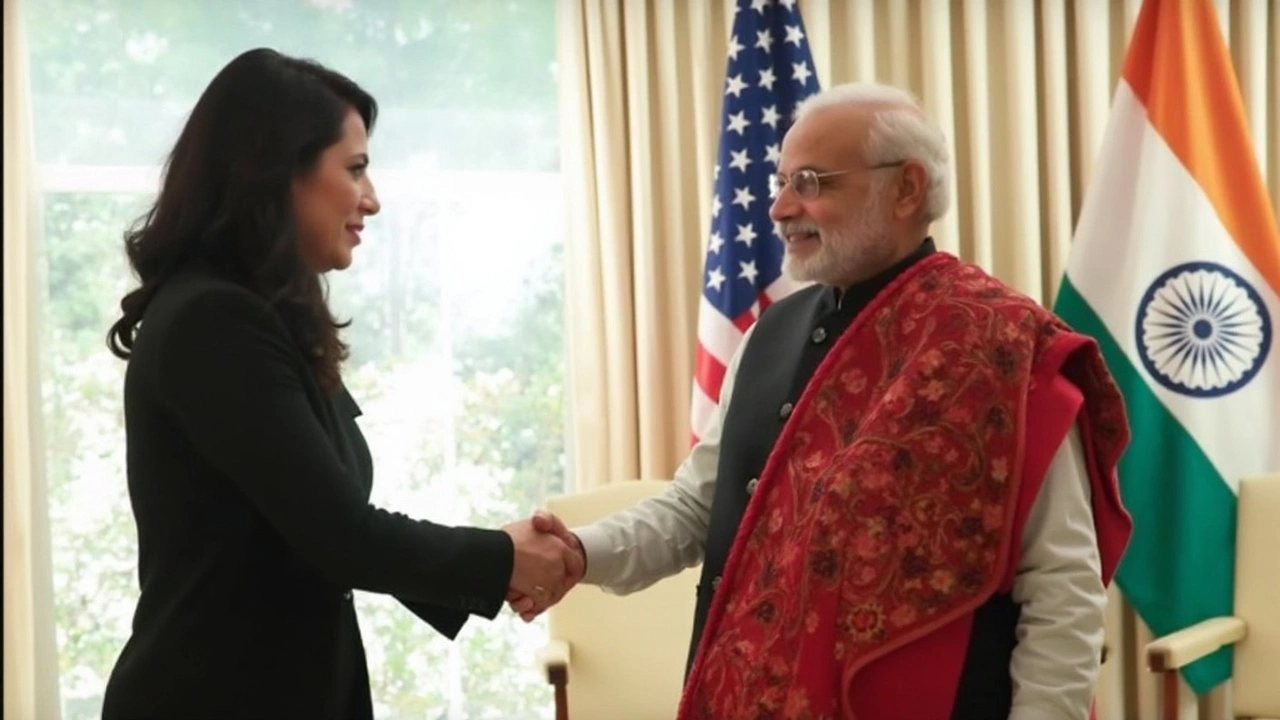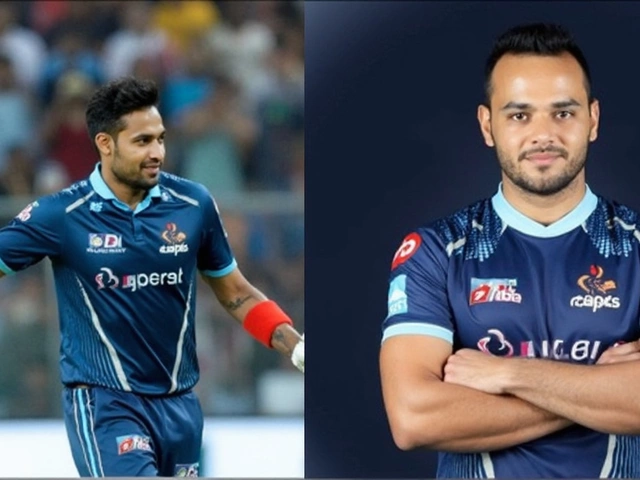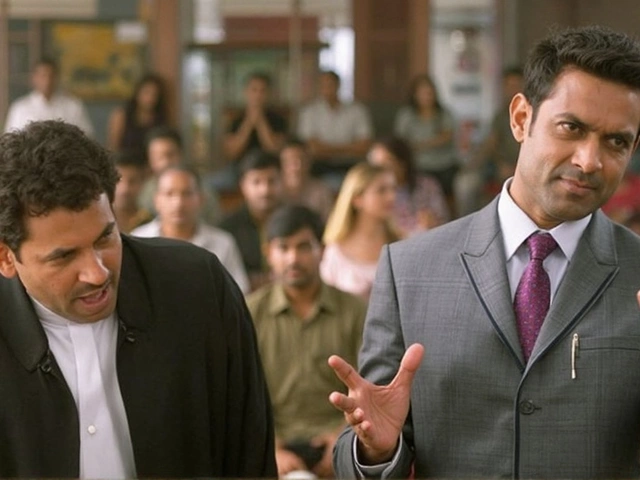India‑US Relations: What’s Happening Right Now?
When you hear "India‑US relations," most people think of big headlines: tariffs, trade deals, and diplomatic talks. The truth is more everyday. Companies decide where to source parts, students wonder about visas, and politicians debate how close the two countries should be. Let’s break down the key pieces you need to know.
Why Trade Is the Core of the Relationship
Trade makes up the bulk of the India‑US connection. In 2024, the United States was one of India’s top export markets, buying everything from software services to textiles. At the same time, India imports a lot of machinery, chemicals, and agricultural products from the US. When that flow runs smoothly, both economies grow; when it stalls, businesses on both sides feel the pinch.
Recent news shows just how fragile that balance can be. A US federal appeals court recently struck down most of the tariffs imposed by former President Trump, but left a few duties in place that still affect Indian exporters. The ruling gave a temporary boost, but the case could head to the Supreme Court, meaning uncertainty may linger for months.
Tariff Battles and Their Real‑World Impact
In early 2025 the United States announced a sweeping 50% tariff on a range of Indian imports, citing India’s purchases of Russian oil. That move sent shockwaves through Indian manufacturers who rely on US market access. Prices for Indian-made clothing and shoes are expected to climb, and consumers may see higher bills at checkout.
For Indian exporters, the tariff means re‑thinking supply chains. Some are looking to shift production to neighboring countries to avoid the duty, while others are lobbying the Indian government for diplomatic push‑back. The Indian Ministry of Commerce has started talks with Washington, hoping to soften the rates before they become permanent.
On the flip side, the US also benefits from higher duties on certain goods, protecting domestic producers. However, American firms that import Indian components for tech gadgets or automotive parts might face higher costs, which could be passed on to US shoppers.
These back‑and‑forth moves show that tariffs are not just political statements—they directly affect prices on the street and the health of small businesses.
Beyond Money: Strategic and People‑Power Ties
Trade isn’t the only glue holding India and the US together. Strategic cooperation on defense, cybersecurity, and climate change is growing. Joint naval exercises in the Indian Ocean have become a yearly fixture, signaling a shared interest in keeping sea lanes open.
People‑to‑people links are also strong. Student exchange programs send thousands of Indian scholars to US campuses each year, and tech talent moves in both directions. These connections create a grassroots understanding that can survive political bumps.
That said, diplomatic frictions still pop up. Issues like the US concern over India’s ties with Russia, or disagreements on data privacy, can flare up. Yet both governments usually find a way to keep the larger partnership moving forward.
So, what does all this mean for you? If you’re a business owner, keep an eye on tariff news – a small change can shift profit margins quickly. If you’re a consumer, expect occasional price bumps on imported goods. And if you’re curious about the world, remember that India‑US relations are a mix of economics, politics, and human stories that affect daily life on both sides of the Pacific.
PM Modi and Tulsi Gabbard Discuss Strengthening India-US Ties Amidst Political Challenges
Prime Minister Narendra Modi met Tulsi Gabbard in Washington to strengthen India-US relations. Discussions included strategic partnerships in technology, security, and economic collaboration, while addressing tensions like tariffs and immigration policy.





